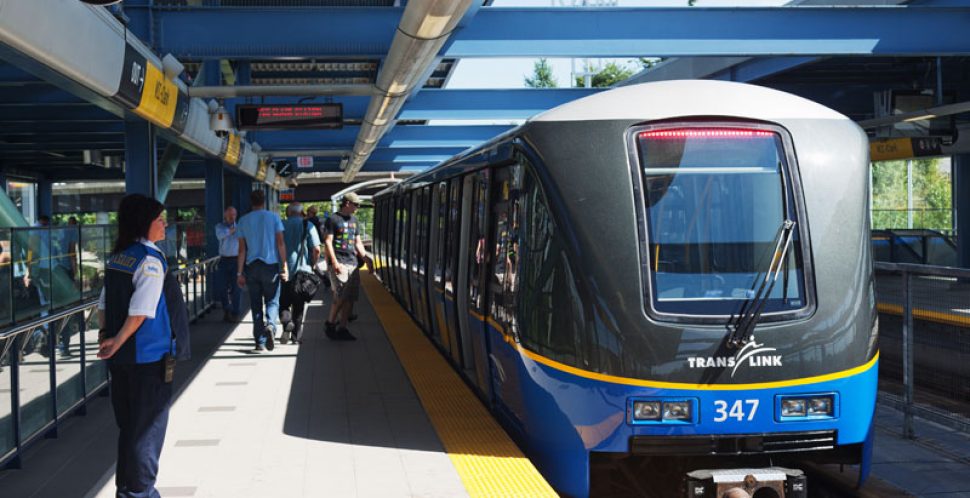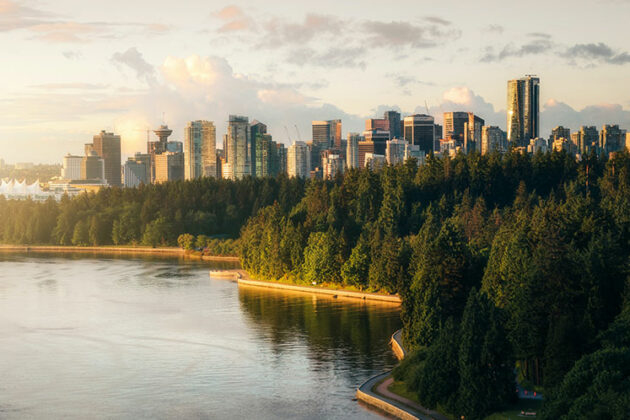On April 20, TransLink announced the implementation of cost-saving measures, including significant reductions in Bus, SkyTrain, SeaBus and West Coast Express services, temporary layoff notices issued to 1,492 employees, cuts to executive salaries and the deferral of numerous capital projects. Like so many businesses that must navigate a new social and economic climate shaped by the novel coronavirus pandemic, TransLink is facing hard realities with revenues plummeting and ridership falling off more than 80 percent.
While the cuts to services seem drastic, TransLink has disclosed that between its various revenue losses, it is losing $75 million a month; these measures will keep the lights on while attempting to staunch the transit authority’s outbound cashflow. It should be noted that most routes are still in operation, albeit with reduced frequency of service.
Update: On May 8, TransLink announced the rescinding of previously announced employee layoffs and planned service reductions: Province and TransLink to ensure transit service in place to support B.C.’s Restart Plan.
TransLink’s numerous operations actively support our social, economic and ecological wellbeing. As such, it is deeply integrated with the health, connection and sustainability of our city and its residents.
With TransLink forced into a position where it needs to significantly slash services due to lack of funding, many residents will find an even more difficult road to recovery post-pandemic. Robust public transit is vital for maintaining a healthy, connected and sustainable region, and it’s up to us – the people who rely on a safe, efficient and affordable transit system – to advocate for TransLink’s importance to a resilient and healthy Vancouver.
Metro Vancouver is planning for a population growth from the approximately 2.5 million living here in 2016 to an estimated 3.4 million by 2041, and for the corresponding increase of nearly 600,000 new jobs over 2006 levels. Transportation is an integral part of that planning, and TransLink a crucial player in its execution.
Over the last few years, transit ridership across the Metro Vancouver region reached an all-time high – in fact, boardings grew by 7.1 percent system-wide in 2018, a historic annual increase. Efficient public transportation is one of Vancouver’s many coveted assets, enticing new residents with the promise of a cleaner and less congested core than most other major cities.
People unable to drive or be driven by private cars, including the elderly and people with disabilities, rely on public transportation – not only for essential trips like work, the grocery store and the doctor’s office, but also to see friends or engage in other activities that promote wellbeing.
Public transportation is directly linked to healthier lifestyles, with users benefiting from more than three times the amount of physical activity per day, on average, than those who drive. And now more than ever, essential workers like healthcare professionals and grocery store workers rely on our transit system to get them safely to work during an extremely stressful time.
Though public transit is already a more sustainable alternative to driving, TransLink has also done its part over the years to continue improving environmental efficiencies. For example, bus wash systems use reclaimed water, reducing water waste by approximately 75 percent. Funding from BC Hydro and Fortis has enabled TransLink to convert to LED lighting and invest in retrofits that make existing facilities more energy efficient. As a result, energy use and greenhouse gas emissions at TransLink facilities have dropped steadily. Over the last few years, diesel buses continue to be switched for hybrid and compressed natural gas buses where possible, with nearly half of the current fleet using cleaner technologies.
In 2015, the C.D. Howe Institute estimated congestion to cost the region $500 million to $1.2 billion annually in wasted worker hours, not even factoring in their contribution to the climate crisis. Diverse public transit options reduce congestion and improve regional productivity by making it easier to move workers, goods and services across our region. TransLink’s services and infrastructure support and contribute to the region’s GDP output – calculated at $135.6 billion in 2017.
Furthermore, as a keystone member of Vancouver Economic Commission’s Technology Deployment Network (TDN), and through its own Open Call For Innovation initiative, TransLink will play a growing and crucial role in the region’s pipeline for commercializing new technologies. Through these programs, TransLink invites companies with products and services that will further improve TransLink’s operational efficiencies, sustainability and customer experience to demonstrate on TransLink-owned infrastructure. This provides companies with newer technologies to test them and work with a regional client.
This is also notable because bringing products from the R&D stage to market and the overall commercialization process is one of the toughest challenges for us, and is one of the largest hurdles to building and retaining locally owned IP.
The partnership also supports Transport 2050, TransLink’s long-term strategy outlining requirements and tactics to achieve an innovative, strategic and seamlessly connected transportation system. Transport 2050’s phase 1 results were shared in TransLink’s Shaping Our Transportation Future, Together report, while phase 2 was intended to commence in mid-2020.
As the situation continues to unfold, and as residents of our region, please consider advocating for our transit system so it may continue to serve us safely and sustainably for many years to come.
Photo by TransLink.



